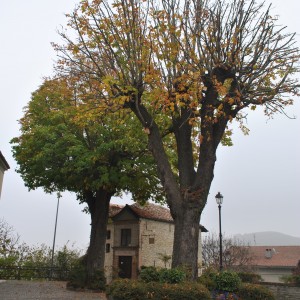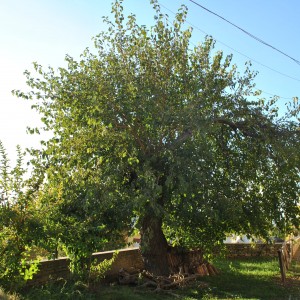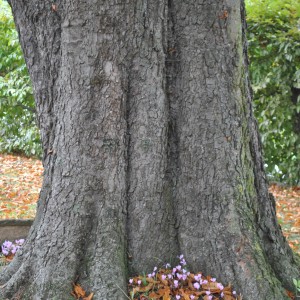“The professor”
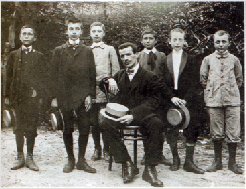
He was born on 29 August 1881 in Monastero Bormida (then in the province of Cuneo, now Asti) and, at the age of three, he moved to Turin where he graduated in classical studies and literature.
He briefly worked as a teacher, then sided with the left-wing interventionists and participated in the First World War as a volunteer in the trenches. He resumed his teaching career after the war. He taught in gymnasiums and high schools in half of Italy: Turin, Chieri, Reggio Calabria, Sondrio.
He was imprisoned for his political ideas; after his release he became interested in cultural problems and school reform, which he discussed in a pedagogical essay in 1923.
He finally arrived in Turin in 1924, as a professor of Italian and Latin at the ‘Massimo D’Azeglio’ classical high school, where Umberto Cosmo and Zino Zini, among others, taught; here, until the mid-1930s, he became the teacher of an extraordinary generation of pupils such as Cesare Pavese, Massimo Mila, Giulio Einaudi, Leone Ginzburg, Salvatore Luna, Giancarlo Pajetta, Franco Antonicelli, Vittorio Foa and Tullio Pinelli.
He wrote essays on politics but made a name for himself in the literary field with his work of fiction entitled I Sansôssí, a history of liberal Piedmont with the Langhe and Turin as a backdrop, published in 1929, which later became part of the trilogy La storia di papà together with Quel Quarantotto and L’iniqua mercede of 1934. His last work dates back to 1965. He died in Rome on 11 July 1966.
Click here: http://www.parcoletterario.it/it/autori/monti.htm



